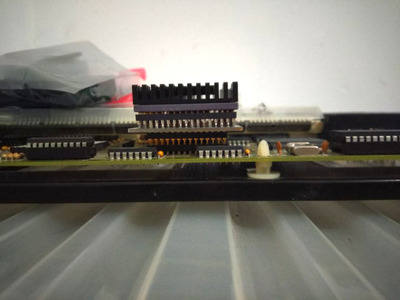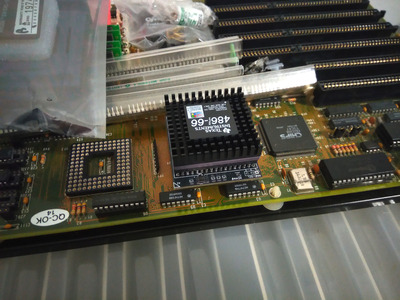Reply 1180 of 1193, by kingcake
- Rank
- Oldbie
Sphere478 wrote on 2024-03-30, 18:21:You would need a floating power supply and to tie one of the legs to negative of the chip. Probably the +5 of the new floating p […]
kingcake wrote on 2024-03-30, 15:24:feipoa wrote on 2024-03-30, 01:21:As pshipkov mentioned, I need 5.15 V going to the SXL2 for stable operation at 90 MHz. I only need 3.85 V for stable operation at 80 MHz.
That should read 37 C on VRM heatsink, steady-state, with only the linear reg. I've fixed it now.
Wire your regulator to +12V and +5V to get 7V Vin. You'll need an amp of load on your +5V power supply rail to ensure it doesn't try to sink current. A 5R power resistor would work fine hooked up to a molex connector. This will drastically cut your linear regulator's heat load.
You would need a floating power supply and to tie one of the legs to negative of the chip. Probably the +5 of the new floating psu
It can be done. I thought of it earlier but it’s kinda silly when you can just buck down from
+12v into some capacitors
Oh definitely. I was just saying it's a possible hack to avoid interposer redesign for a one off type thing.

